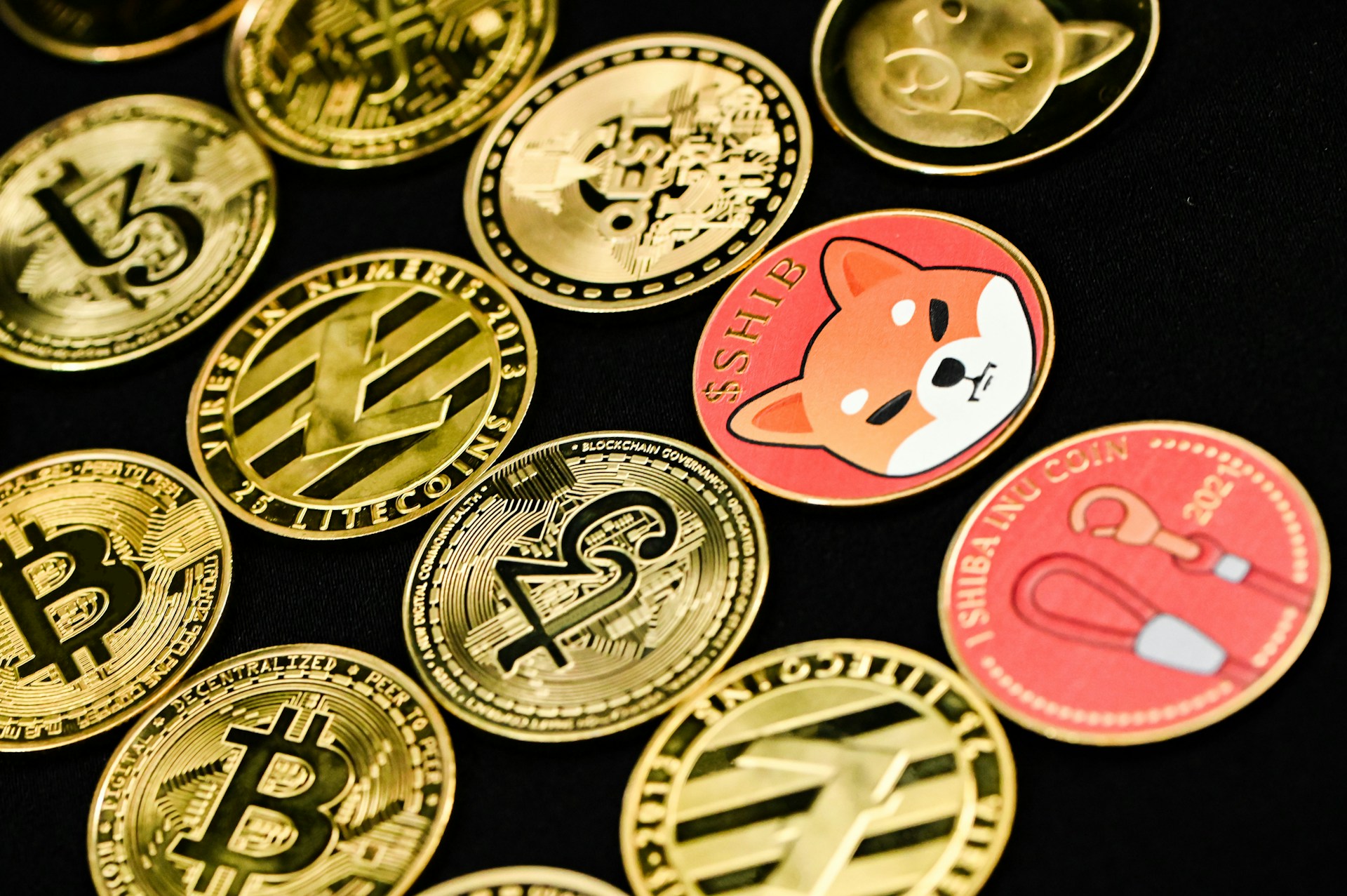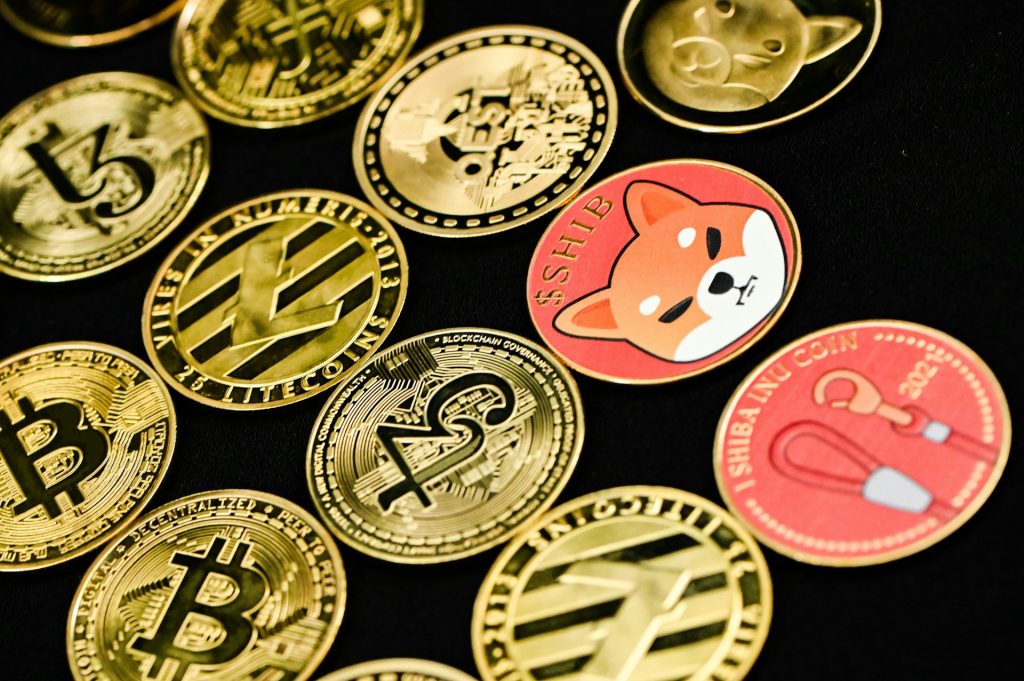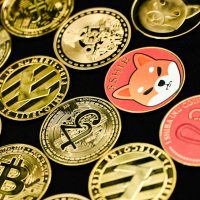Bitcoin has been around long enough to be considered the old guard of crypto. It’s known for its fixed supply, decentralized structure, and going from being an internet curiosity to a global financial asset. Meme coins, on the other hand, are the loud, unpredictable cousins that keep showing up to the party with wild price hikes and a flood of social media hype. While they both live in the same crypto space, their purpose, behavior, and reputation couldn’t be more different.

Origins and Purpose
Bitcoin was created to be a serious answer to a serious problem of how centralized financial systems work. Meme coins weren’t. They were often created as jokes or tributes to internet trends. That doesn’t mean they’re irrelevant. Some meme coins have turned into market staples with a clear purpose. But if you’re comparing them side-by-side, the difference is more noticeable than most people realize.
Unlike Bitcoin, meme coins usually don’t start out with any deep intention. Their origin is often half the appeal. Dogecoin, the first of its kind, was built in 2013 as a joke inspired by a Shiba Inu meme. It had no white paper or plan for mass adoption. But today, Dogecoin has turned into a token with a multi-billion-dollar market cap. This specific pattern has repeated across dozens of meme coins, each piggybacking off humor, hype, or some viral moment.
Buying Bitcoin vs. Meme Coins
Bitcoin and meme coins come with very different price tags. Meme coins often cost next to nothing, fractions of a cent, which makes it easy to buy large amounts with very little money. Buying Bitcoin, on the other hand, is a very different ball game. Bitcoin trades in the tens of thousands per coin, but you can buy small fractions on most platforms. That price difference alone shows you how each is perceived.
Knowing how to buy meme coins or Bitcoin is a little different but the process is pretty similar. For instance, purchasing established meme coins is very similar to buying Bitcoin since they are readily available on most major exchanges. On the other hand, buying newer meme coins could require additional steps, such as swapping tokens on decentralized exchanges, setting up crypto wallets, and covering gas fees. This can make the buying process feel more complicated and costly than expected compared to buying Bitcoin.
Supply and Scarcity
Another major difference is supply. Bitcoin is capped at 21 million coins. Bitcoin’s hard limit is part of its appeal; scarcity breeds value. Meme coins go the opposite direction. Shiba Inu has over 589 trillion tokens. Yes, trillion. These tokens are meant to feel abundant, but it’s more psychological than economic, and it works. People like the idea of big numbers.
Volatility and Market Behavior
Bitcoin is far from stable, but at least there’s a growing history, institutional interest, and a clearer pattern of movement. Meme coins could either double your money or you could lose half of it in the same afternoon. Their price often depends on memes, tweets, or celebrity attention. Elon Musk tweeting about Dogecoin, for example, sent the token soaring and crashing within hours. That level of unpredictability makes meme coins attractive to risk-takers, but it also means you need to be ready to stomach the ups and downs.
Technical Differences
From a technical perspective, Bitcoin runs on its own blockchain network. It’s mined, secured by a global network, and has been tested through every market cycle. Meme coins often live on other blockchains like Ethereum. They’re not mined, they’re created and distributed by the original developers. This is the reason meme coins are faster to launch. It’s all the reason meme coins are vulnerable to scams and rug pulls. If you’re looking into meme coins, always check how they’re built, who’s behind them, and what control the developers have.
Community and Culture
Bitcoin has an almost cult-like following built on ideas of decentralization, censorship resistance, and financial sovereignty. It attracts everyone from libertarians to institutional investors. Meme coins are more community-driven in a different way. Holders gather in Telegram groups, Reddit threads, and X to push a coin’s popularity. It’s more about hype and momentum than mission.
Attempts at Utility
Some meme coins have taken a more serious turn over time. Dogecoin introduced updates to its network. Others have launched staking options or tried to fund charitable causes. But those are often efforts to extend hype, not because the coin was built with that purpose from the start. Bitcoin never needed marketing tricks to justify its existence. It was always aiming at something bigger than itself.
Regulation and Legitimacy
Bitcoin, for all its ups and downs, is becoming more accepted. It’s part of ETF discussions, sits on the balance sheets of public companies, and has been given legal status in some countries. Meme coins, not quite. Most are still treated as speculative assets or collectibles and rarely make it into serious regulatory talks. Some governments see them as high-risk, even labeling them as tools for manipulation or pump-and-dump schemes.
What Drives Popularity
Price movement tells its own story. In May 2021, Dogecoin hit $0.68, a massive climb from its fractions-of-a-cent start. But by July that same year, it was down by over 70%. Bitcoin’s corrections are usually slower and more grounded in market shifts. Meme coins can swing based on memes alone. One TikTok trend or influencer post can send them flying.
So what attracts people to meme coins? A big part of it is the social layer. There’s fun in owning a coin that your friends are joking about online. There’s excitement in the “100x” mindset. But unlike Bitcoin, meme coins rarely have fundamentals backing them. They’re driven by hope, momentum, and humor more than scarcity, security, or use cases.
Bitcoin’s appeal has always been tied to its fixed supply, decentralized nature, and potential to serve as a hedge against inflation. Meme coins, again, offer low entry points, cultural relevance, and a shot at quick gains. They’re two very different animals. One was built to last, while the other thrives on the moment.
If you’re looking to dip into either, just know what you’re getting into. Bitcoin is slow and steady. Meme coins are chaotic, playful, and risky. Both have their place, but they serve very different purposes.

Founder Dinis Guarda
IntelligentHQ Your New Business Network.
IntelligentHQ is a Business network and an expert source for finance, capital markets and intelligence for thousands of global business professionals, startups, and companies.
We exist at the point of intersection between technology, social media, finance and innovation.
IntelligentHQ leverages innovation and scale of social digital technology, analytics, news, and distribution to create an unparalleled, full digital medium and social business networks spectrum.
IntelligentHQ is working hard, to become a trusted, and indispensable source of business news and analytics, within financial services and its associated supply chains and ecosystems










